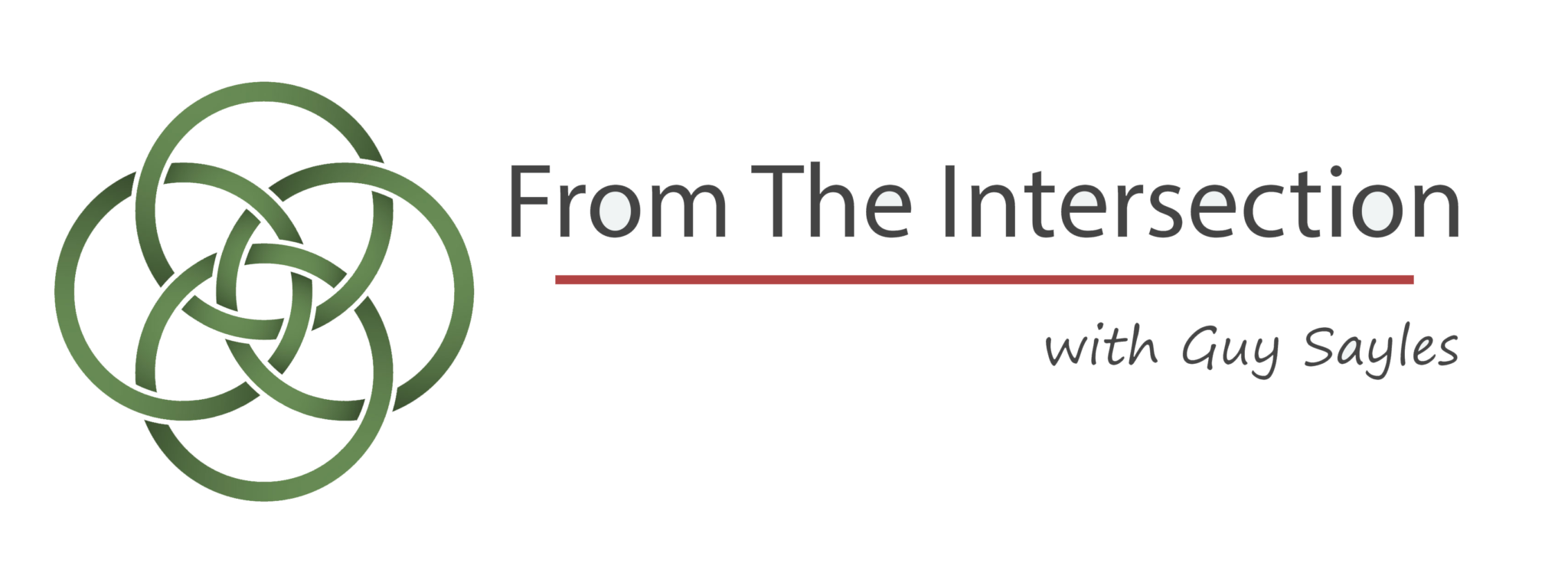Walls shelter or confine. Sheltering walls can make a home—a haven and refuge from the world. Confining walls can make a jail cell—a place of fear and isolation. How we feel about walls depends very much on what kind they are, why we live within them, who put us there, and the people who live there with us.
So it is with nearly all the limits we face.
My journey with cancer and its treatment makes it necessary for me to pay attention to limits of time, energy, and opportunity in ways which haven’t been necessary before. I am learning the wisdom of which poet William Stafford spoke: “We survive by our limitations.”
Cancer or not, when we disregard for too long our physical, mental, and emotional limits, we incur heavy losses. The resulting fatigue shortens our tempers, corrodes our capacity for concentration, erodes our creativity, reduces our resilience, and empties-out our hope. And, as legendary football coach Vince Lombardi once said, “Fatigue makes cowards of us all.”
For many of us, the setting and keeping of limits involves learning to say—and to make stick—“No.”
In his book, The Power of a Positive No, William Ury said: “The power of your No comes directly from the power of your Yes. . . Root your No in a deeper Yes—a Yes to your core interests and to what truly matters . . . Your Yes is the underlying purpose for which you are saying No.”
If we’ve said “yes” to being present for and with our kids, we’ll say “no” to some of the things that would pull you away from them.
If we’ve said “yes” to being healthy and energetic for our own sake and for the sake of people and work which depend on us, then saying “no” to jelly donuts or to endless hours as a couch potato gets a little easier.
Often, “No” is the path we must take to get to “Yes.”
What habits, expectations, or demands do we need to say “No” to in order to say “Yes” to life as it is meant to be?
What are the liberating limits we could embrace?
Discover more from From The Intersection
Subscribe to get the latest posts sent to your email.


Recent Comments